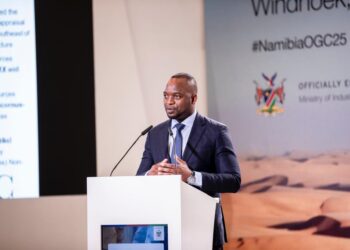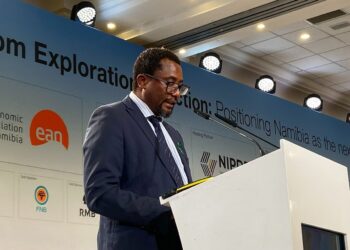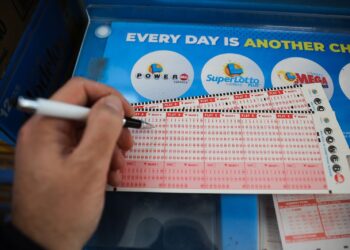
The government will establish a funding model for private educational institutions ahead of the planned roll-out of free tertiary education at public institutions by 2026, Minister of Education, Sanet Steenkamp, has revealed.
“By September 2025, a funding model for private institutions will be developed in accordance with the Implementation Plan. In preparation for this, the ministry will conduct extensive consultations with critical stakeholders to guarantee equitable access and inclusivity across the country,†Steenkamp said.
President Netumbo Nandi-Ndaitwah announced last week that the government will fully subsidize tertiary education at all public institutions, with provisions being made for private institutions as well.
The majority of the funding will come from resources previously allocated to the Namibia Students Financial Assistance Fund (NSFAF), which is set to be reintegrated into the Ministry of Education by October.
According to Steenkamp, NSFAF and direct subsidies to public tertiary institutions received N$3.5 billion during the most recent fiscal year. Of this, N$1.1 billion was allocated directly to public institutions, while N$2.4 billion was disbursed through NSFAF.
“N$1.09 billion of the NSFAF funds were allocated to students at public institutions, bringing the total financing for public tertiary education to N$2.2 billion. The government’s sustained and robust commitment to higher education is evident in these figures,†she added.
According to the latest National Council for Higher Education (NCHE) report on Higher Education in Namibia, there are currently three public and 15 registered private higher education institutions (HEIs).
In 2022, NSFAF accounted for 43.5% of all financial sponsorships for students at tertiary institutions. Meanwhile, 27.2% were self-funded, 22.1% were supported by parents or guardians, 2.5% were sponsored by private institutions, 1% by other public institutions, and 3.6% by other unspecified sources.
During the 2021 academic year, 47,942 students were enrolled at public HEIs, while 20,990 students were registered at accredited private HEIs — representing a 70% to 30% split.
Steenkamp underscored the crucial role that private higher education and vocational training institutions play in the development of Namibia’s human capital.
“The goal is unambiguous: to guarantee universal access to high-quality, free higher and vocational education at public institutions throughout the nation,†she said.











